Iron and steel
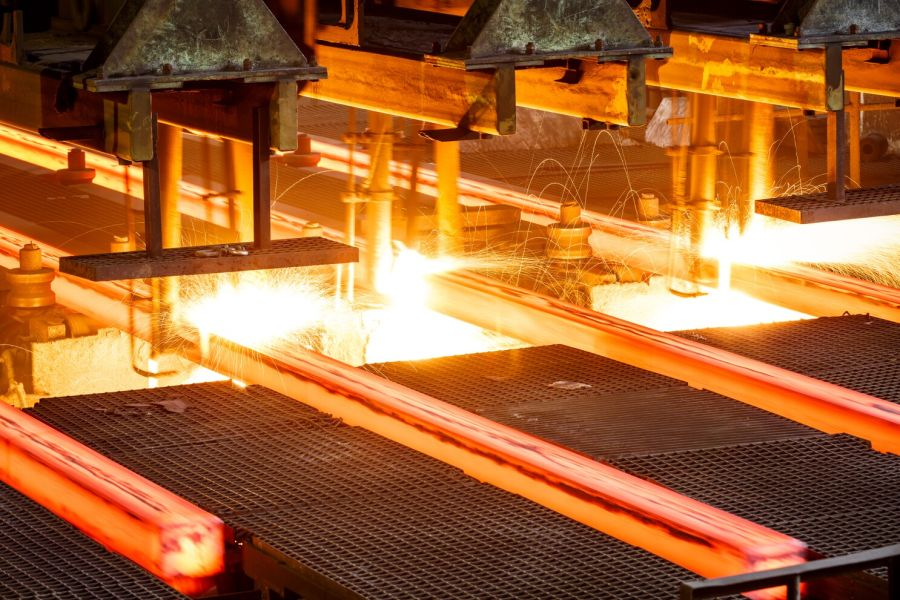
Application, Process Flow, and Material Selection of KDP Plate Heat Exchangers in the Steel Industry
The steel industry is characterized by high energy consumption, high temperatures, and high pollution. Plate heat exchangers (PHEs) play a critical role in various steel production processes due to their high heat transfer efficiency, temperature resistance, and corrosion resistance. Below is a detailed analysis of their specific applications, process flows, and material selection in the steel industry.
Specific Applications of KDP PHEs in the Steel Industry
Blast Furnace Cooling System
Cooling high-temperature components (e.g., furnace walls, tuyeres) to prevent overheating.
Recovering waste heat from cooling water for air preheating or power generation.
Blast furnace cooling water (80–120°C) exchanges heat with low-temperature softened water (30–50°C) in the PHE.
After heat exchange, the cooling water temperature drops to 60–80°C and recirculates, while preheated softened water is reused.
Plates: 316L stainless steel (chloride-resistant) or titanium (highly corrosive water).
Gaskets: EPDM (≤150°C) or FKM (high-temperature conditions).
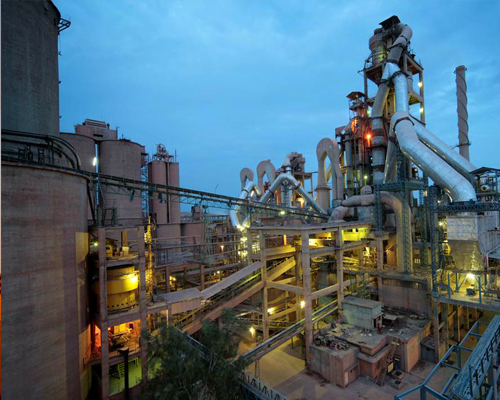
Case Study: A steel plant recovered waste heat from blast furnace cooling water using PHEs, saving 5,000 tons of coal annually.
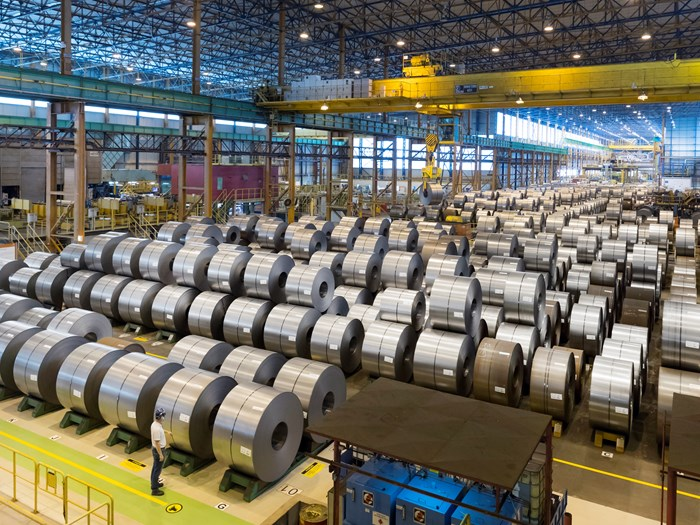
BOF/EAF Waste Heat Recovery
Recovering waste heat from high-temperature flue gas (800–1200°C) in basic oxygen furnaces (BOF) or electric arc furnaces (EAF) for power generation or combustion air preheating.
Flue gas is first cooled to 400–600°C in a radiation heat exchanger, then further cooled in a PHE.
The PHE transfers heat to water or thermal oil to generate steam for power generation.
Plates: Nickel-based alloys (e.g., Inconel 625, resistant to high-temperature oxidation).
Gaskets: PTFE-encapsulated (high-temperature and corrosion-resistant).
Case Study: A BOF flue gas heat recovery system using PHEs generated 20 million kWh of electricity annually.
Plate Material Selection for Steel Industry PHEs
Steel industry conditions (high temperature, corrosion, abrasion) demand careful plate selection:
Advantages of KDP PHEs in the Steel Industry (vs. Shell-and-Tube Heat Exchangers)
Common Challenges & Solutions
High-Temperature Flue Gas Degrades Gaskets
Use PTFE-encapsulated gaskets (resistant to 260°C).
Install radiation heat exchangers upstream to lower gas temperature.
Dust/Particulate Clogging
Select wide-gap plate designs (e.g., free-flow PHEs).
Install self-cleaning filters.
Corrosive Media (H₂S, Cl⁻)
Choose titanium or Hastelloy plates.
Use FKM gaskets (chemical-resistant).
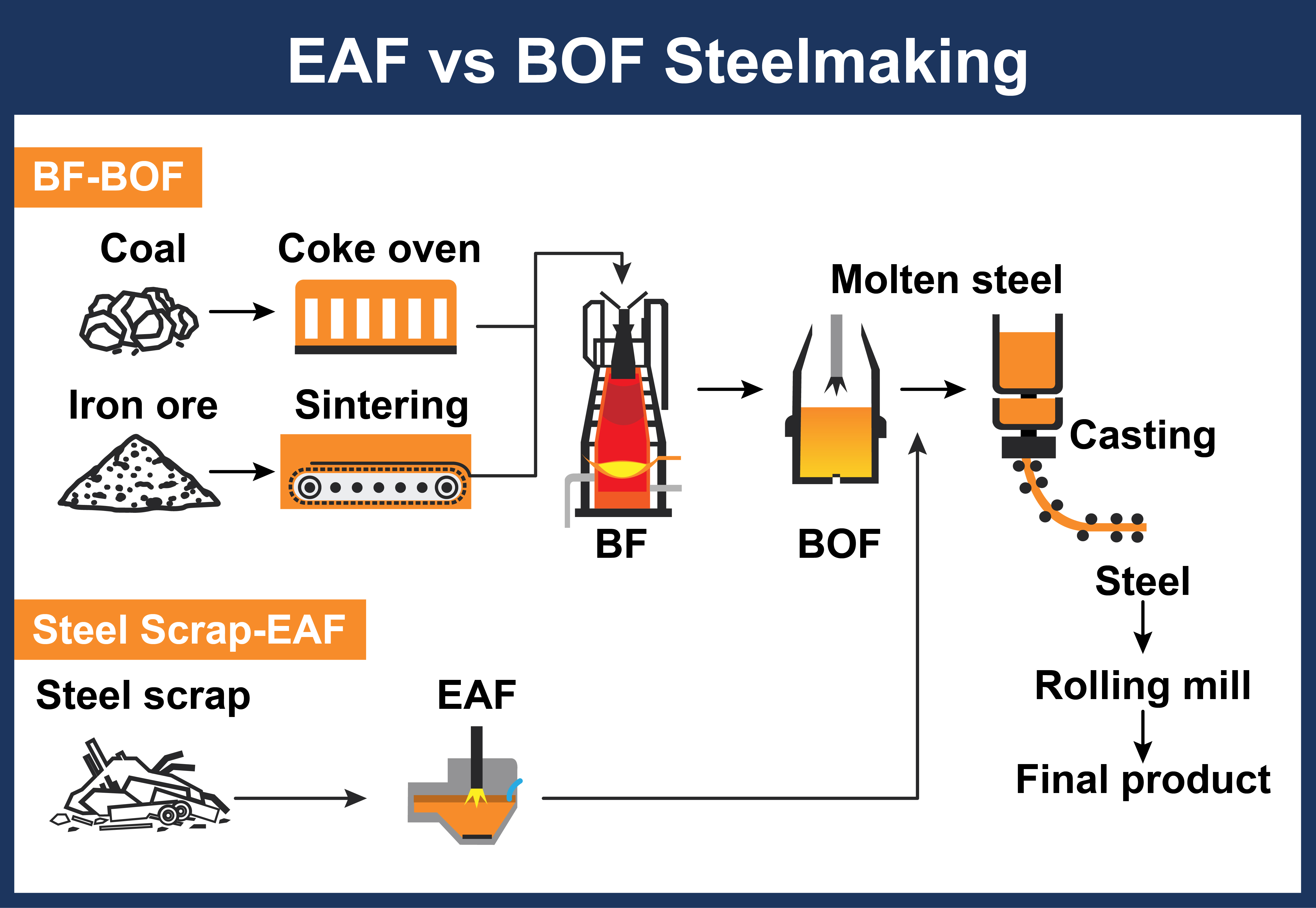
Summary
Value of PHEs in the Steel Industry
Energy Savings
Efficient recovery of waste heat from blast furnaces, BOFs, and rolling mills.
Cost Reduction:
Lowers cooling water consumption and operational energy use.
Environmental Benefits:
Reduces CO₂ emissions, supporting green steel production.
Selection Guidelines
Prioritize PHEs for:
Waste heat recovery (flue gas, cooling water).
Space-limited retrofits.
Choose Shell-and-Tube for:
Ultra-high temperature (>600°C) or pressure (>40 bar) applications.
With proper material selection (e.g., titanium for corrosion resistance, nickel alloys for high temperatures) and optimized design, PHEs deliver high efficiency, long service life, and low maintenance in the steel industry, making them indispensable for modern, sustainable steel plants.
Our Core Strengths
In the petrochemical industry, equipment needs to withstand high temperature, high pressure, corrosion, scaling and other multiple tests. We are the preferred supplier of heat exchanger solutions for harsh working conditions due to the following core advantages:
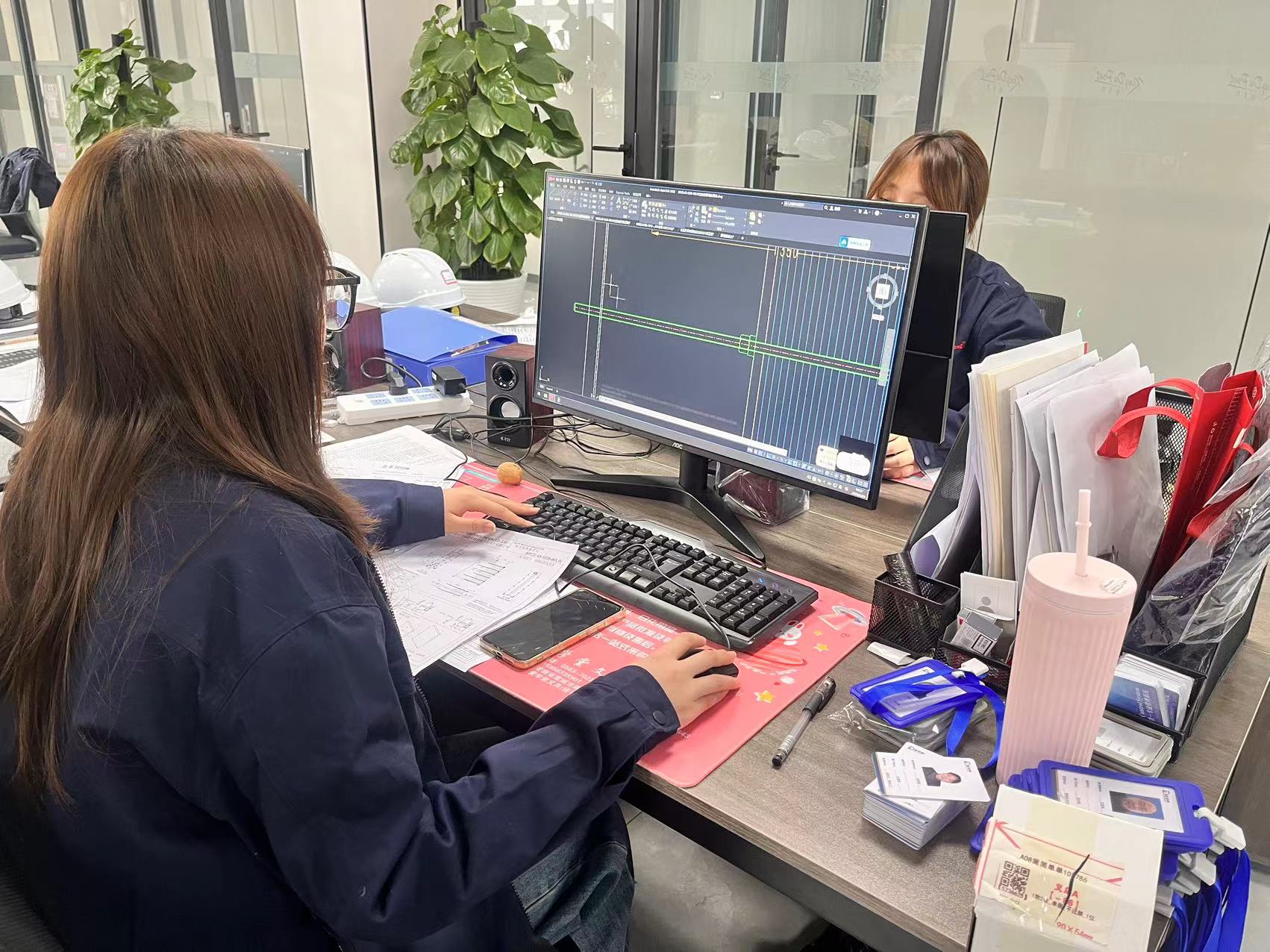
Optimized heat transfer solutions according to petroleum/chemical process requirements
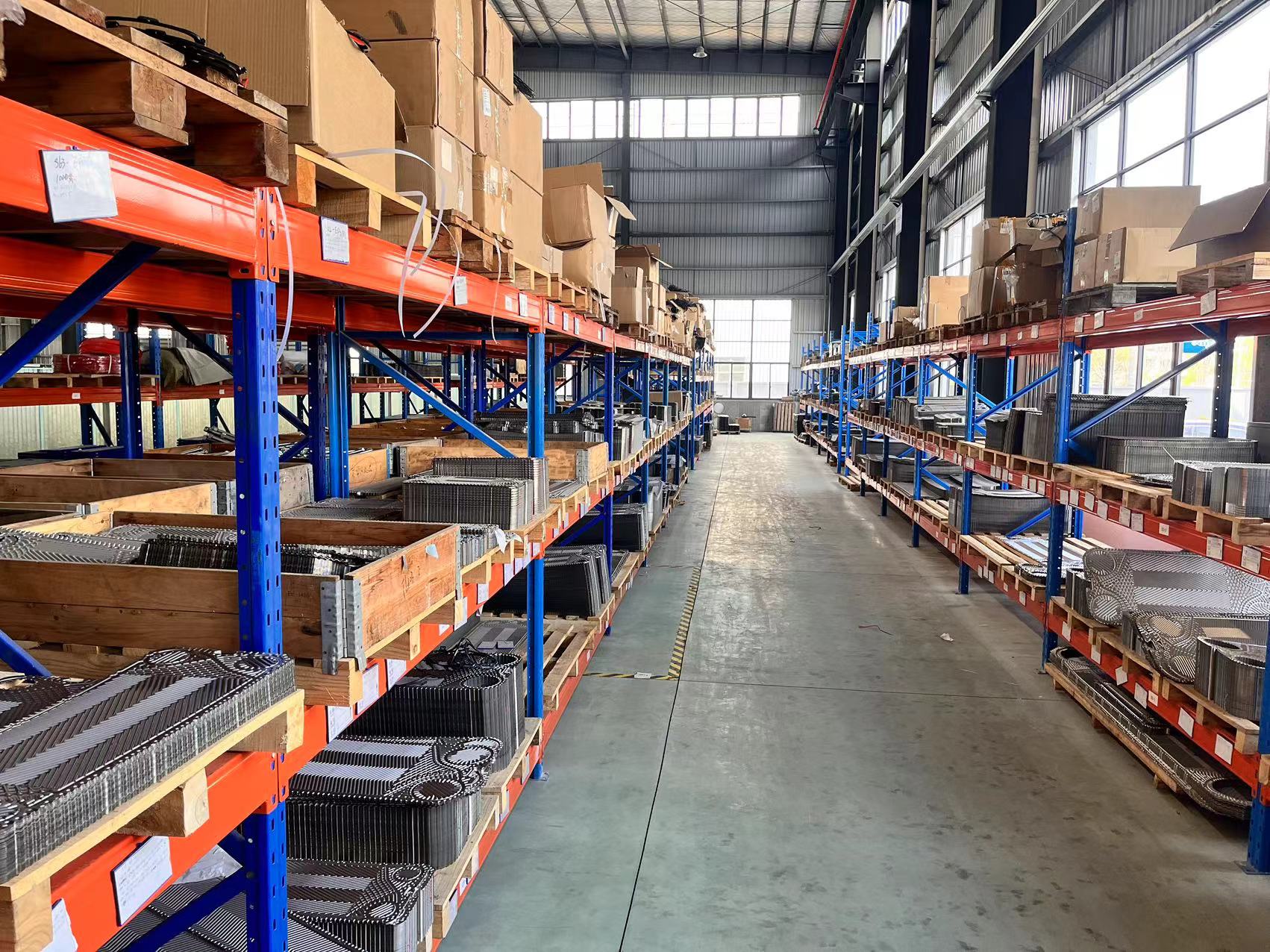
Full range of plate heat exchangers, condensers, evaporators, etc.
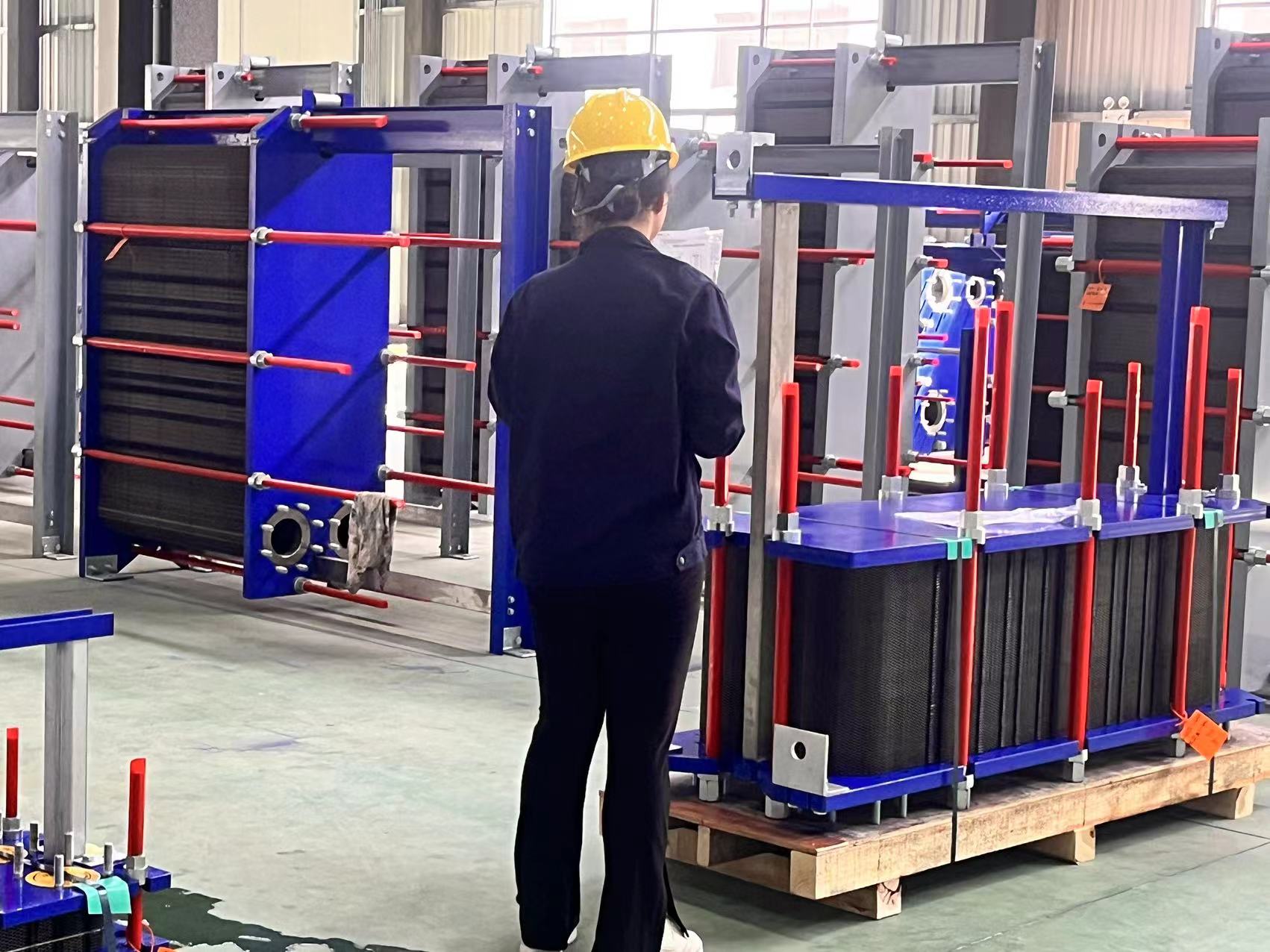
Strict quality control, adapt to high temperature, high pressure and corrosive environment.
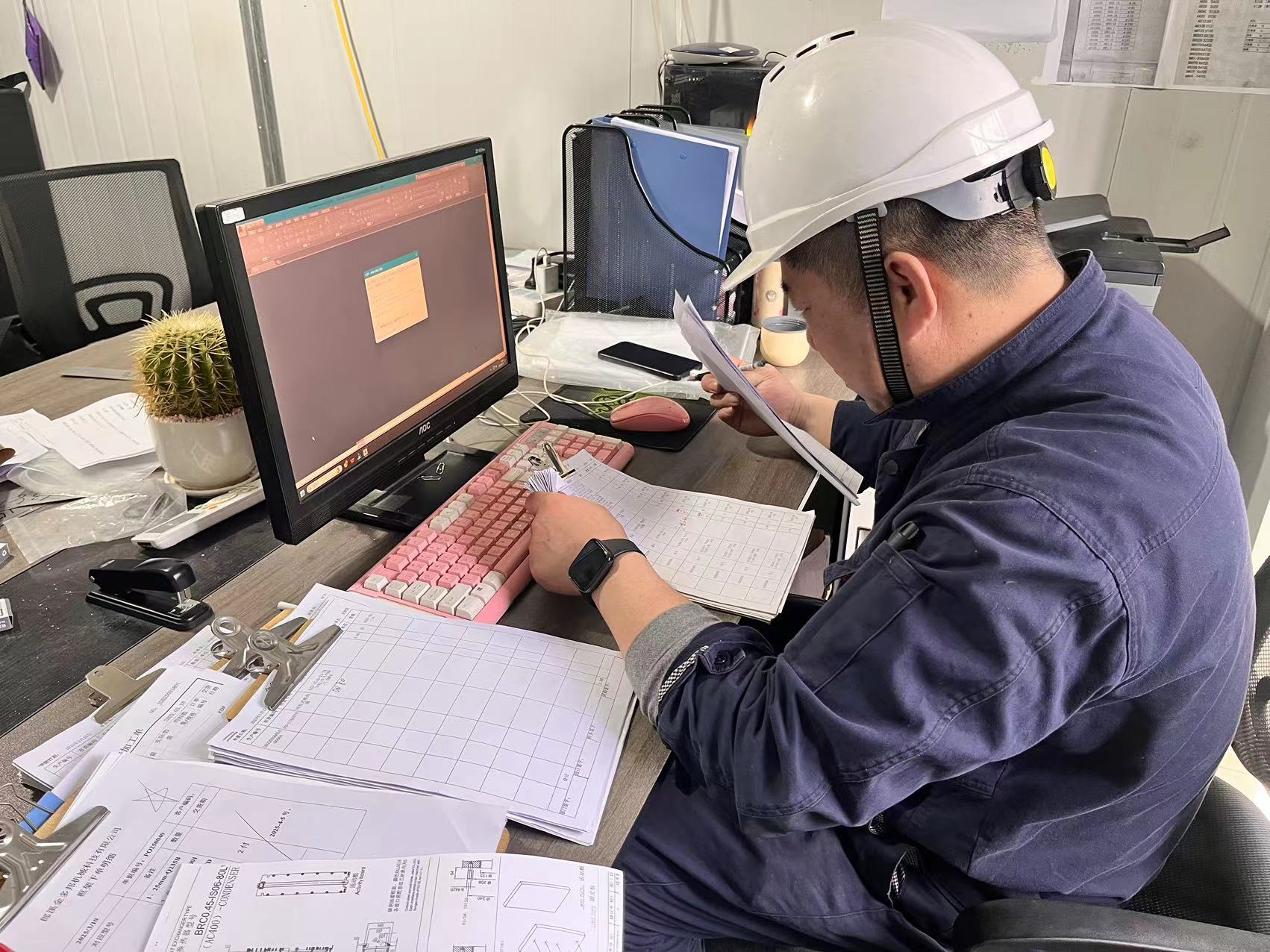
From selection to maintenance, to ensure long-term stable operation.

King DuPont, China famous brand of heat transfer and fluid handling supply platform.
Contact

Get Free Quotes
NEED TO CHAT?
We will get back to you within 24 hours of receiving the message.

